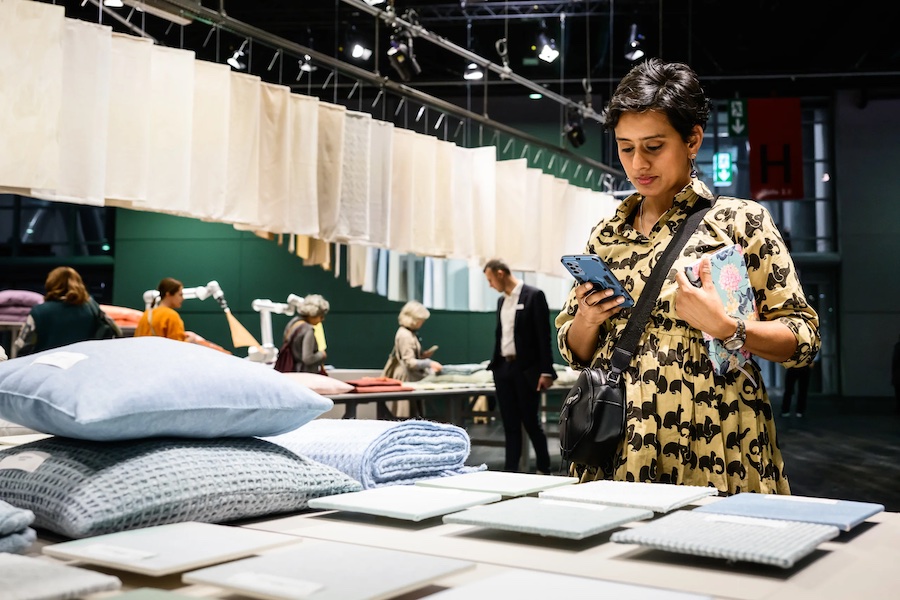#Brochures / papers
Going digital
In the classic sense of the word, digitization means the creation of di- gital representations of physical objects, events or analogue media. According to Wikipedia, the term refers by extension (and nowadays most commonly) to the shift towards digital processes by means of information and communication technology. References to the ‘digiti- zation’ of education, business and society are synonymous with ‘digital transformation’ and ‘digital revolution’. This has an impact on educa- tion, business, culture and politics, and on the world of industry too. Industry 4.0 describes the result of a fully digitalised industry with complete data collection and availability, intelligent systems, a high degree of automation, maximum flexibility and globally-connected networks throughout the entire supply chain right up to the point of sale.
Digitization can therefore be considered as an umbrella term for In- dustry 4.0, as well as for individual transformations on the path to achieving the overall objective. The management consulting firm McKinsey estimates that Germany’s medium-sized companies could potentially produce up to 126 billion euros of additional value crea- tion by 2025 through consistent digitization. Anybody who ventures into digital projects in production, sales or product development has a good chance of boosting their growth on a long-term basis. Despite this potential, many companies still show obvious reluctance: only one in two small and medium-sized companies considers digitization as an opportunity, which is the conclusion of the McKinsey study entitled ‘The Digitization of the German Mittelstand’.
And what applies to Germany surely also applies in a modified form and with different figures to many other countries. It is clear, then, that although the vision of Industry 4.0 is certainly still some way off realisation, digitization should nevertheless already be on the agenda of each and every company in order to unlock existing potential.
In our last article, we made reference to the fact that, in order to im- plement the overall objective of Industry 4.0, the textile industry must solve an additional problem that some other industries do not face: the complete automation of the textile supply chain. The obvious choke point here is sewing, which has so far proven impossible or at least extremely complicated to automate. Unlike many other industries, as a result of this large parts of the textile and clothing industries were predominantly relocated to lower-wage countries - preferably in Asia. „The caravan is moving on“ is an often used phrase for the ongoing shifting of these industries. However, a significant change is now in the offing.
Breakthrough in automation for garment productio
The company who plans on turning the entire sewing industry on its head with the introduction of fully automated lines of sewing robots, is Softwear Automation from Atlanta, Georgia in the USA.
It is SoftWear Automation‘ s vision to disrupting the $100 billion sewn products industry by creating autonomous sewn good worklines for Home Goods, Footwear & Apparel. The Atlanta-based machine vision and robotics startup spun out of Georgia Tech after 7 years of rese- arch and development working on projects with DARPA and the WAL- MART Foundation.
When they heard about Softwear Automation’ s sewbot technology many textile people asked themselves whether it is true that robots can do the job of sewing workers in an industrial scale, but with a great deal Softwear Automation was able to close in August 2017, the answer has been given.
The company announced their premier customer partnership with Ti- anYuan Garments Company of Suzhou to produce T-shirts in the USA using their fully automated Sewbot workline. TianYuan Garments Company of Suzhou will make 800,000 T-shirts a day for Adidas on the new production lines. The system is scheduled to be fully operatio- nal by the end of next year. TianYuan Garments will install 21 produc- tion lines. When fully operational, the system should make one T-shirt every 22 seconds and with complete automation, the personnel cost for each T-shirt should be roughly 33 cents.













